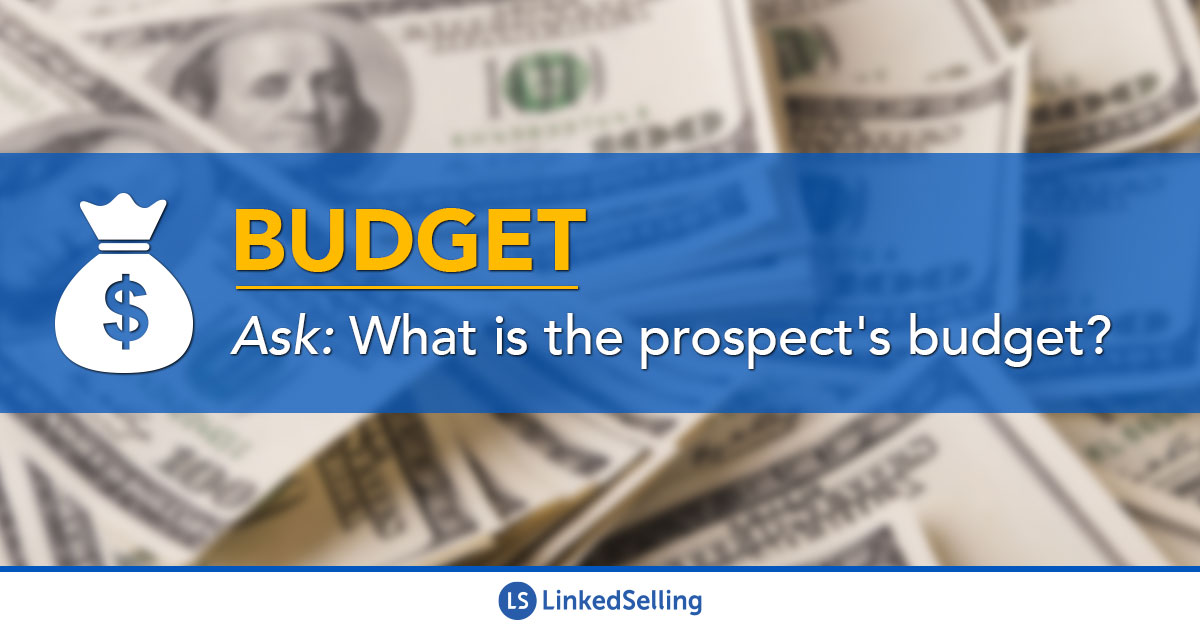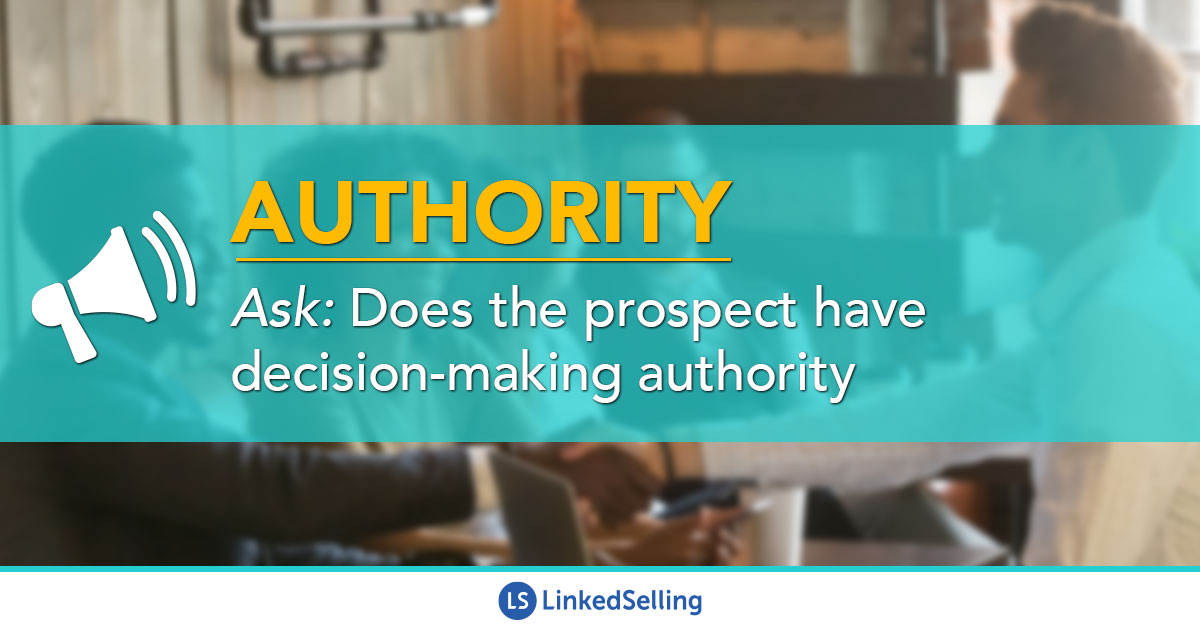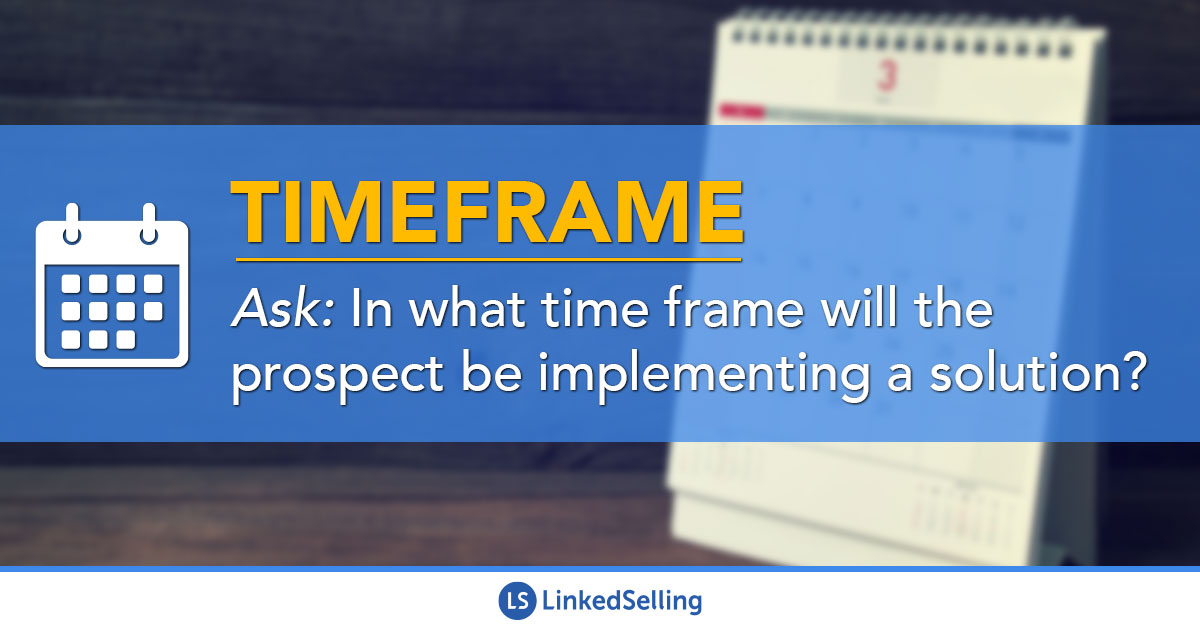Posted by LinkedSelling in B2B Lead Generation & Sales Development

When it comes to sales, you typically spread a wide net to search for and attract prospects. Not everyone in that net will become a hot lead, or even an eventual client, and that’s exactly why you need to increase your chances that the net you throw includes as many prospects that are likely to become clients as possible.
How do you do that? Well, there are several frameworks that help. One of the main ones we use at LinkedSelling when we look at a lead to decide what kind of time, effort and resources to put into building that relationship is called BANT.
So today let’s engage in some BANT-er, shall we?
First, What is BANT and Why Should You Care?
IBM is known for cementing BANT as a way for sales teams to qualify opportunities. Here’s how they define and use it:
“Opportunities are identified by speaking to prospects or clients to determine their business and solution needs. The IBM guidance for opportunity identification is to use a standard approach called BANT. According to the guidance, an opportunity is considered validated if the prospect meets three of four of the BANT items. As a team, the sales representative may decide on an either tighter or looser form of BANT.”
Simply put, BANT is a framework to qualify your prospects and to identify which prospects represent viable sales opportunities in the short term. It makes sense to spend your resources pursuing qualified prospect as it decreases the sales cycle, keeps your messaging on point, helps you connect with and close clients faster - and it increases your Lifetime Client Value over the longterm. The acronym is an easy way to remember the four criteria your sales development team needs in order to evaluate new opportunities:

- BUDGET
- AUTHORITY
- NEED
- And TIMEFRAME
In this blog post, we’ll discuss exactly how we use BANT at LinkedSelling to qualify sales opportunities in our sales development process.
What is our sales development process?
Thrive Leads Shortcode could not be rendered, please check it in Thrive Leads Section!
We covered this in the blog post, What’s More Important, Lead Generation or Sales Development? Where we defined sales development as follows:
“Sales development is the art and activity of nurturing the leads you've generated
to be able to move through your sales pipeline.”
In other words, lead generation is focused on top-of-the-funnel activities, attracting and vetting new prospects, while sales development nurtures those prospects into booking appointments and creating sales opportunities for your sales team.
It’s true that it’s important for marketing to bring in Marketing Qualified Leads (MQL’s), but it’s still very top of the funnel. Once we’re at the point where the sales team can get involved, we want them talking only to qualified prospects who meet the BANT criteria.
This is where we utilize our Sales Development Representatives (SDR’s) who call, email, and message potential leads (in this case, we’re referring to prospects who have already shown interest in our content and/or services).
These leads in most cases have come from our marketing efforts. Then, as our SDR’s conduct these outreach campaigns, they’re speaking to warm leads, but now they need to be qualified even farther. We use BANT criteria to determine whether or not to pass the lead on to the sales team where the prospect will have the opportunity through various conversations to contract our services.
Let’s cover those and how we interpret the four criteria now…
BUDGET

This is one of the questions we need to know. Marketing uses surveys, messaging geared toward companies who would typically have the budget allocated for our type of services, and other means to try to qualify the first BANT criteria.
Once a lead shows interest, our SDR’s call them and confirm that they do indeed have the budget allocations going forward to justify continued efforts with this prospect. This sets up the sales team for an easier close, and the company for a positive Lifetime Value from that client.
>>> Learn more about how we utilize and increase overall Client Lifetime Value here.<<<
AUTHORITY

Our SDR’s also determine whether or not a prospect has the authority to make decisions on their own, or who they would need to consult in order to move forward.
This is important because as any sales team knows, it’s really a waste of time if you’re talking to the wrong people. In this case, the wrong people would be people who cannot make the decision to contract with us. You want to speak directly to the decision makers and do the selling yourself, as opposed to speaking with a marketing manager, for example, who then needs to consult with the Vice President of Marketing before spending the budget. When that happens, you’re relying on the Marketing Manager to do your selling for you.
It’s better to take more control over the sales process and speak directly with the people who have the authority to decide.
Thrive Leads Shortcode could not be rendered, please check it in Thrive Leads Section!
NEED

This is the true starting point. Yes, you need to think about budget and authority, or you’ll be wasting your time, but if the prospect doesn’t show a real need for your services, not only will you be wasting your time, but you won’t be able to deliver and you risk tarnishing your name if the client is unhappy with your results. Not to mention, you’d be using valuable company resources (team member time and expertise for example) where they could be better used on a client for whom you can indeed deliver excellent results.
The key here is, does the prospect have a need you can actually fulfill? Keeping this in mind will help you avoid the trap of working with low quality clients.
TIMEFRAME

This is the next logical question… does the prospect have a need you can actually fulfill and do they need a solution now?
In order to truly optimize your sales team’s time and productivity, you want them speaking with prospects who are interested in moving forward as soon as possible - in other words, immediately. That’s the ideal.
However, it doesn’t always play out that way, so at LinkedSelling we tend to look for timeframes of within a couple weeks, or a month max in order to consider a prospect BANT qualified and to pass them on to our sales team.
What Do We Do With Prospects Who Don’t Meet The BANT Criteria? Do We Drop Them?
When we speak to a lead we consider unqualified according to the BANT criteria, we identify where they’re unqualified and offer steps to address those factors if possible. This is in hopes of potentially helping them become qualified.
In other words, we provide alternative solutions that fit either their timeframe, their budget, or their true need. If they fit all three, but they don’t have the authority to make a decision, without going over their heads, we simply ask to speak to the person or people who can make the decision with them.
Thrive Leads Shortcode could not be rendered, please check it in Thrive Leads Section!
How the BANT Criteria Can Help Your Sales Process
We see the BANT criteria as a tool to optimize our chances of both identifying and closing quality sales opportunities. By sticking to the four criteria, we’ve found that it not only streamlines the productivity of our sales team by ensuring that they stay within their optimal strengths as closers, it also shortens the sales pipeline, and optimizes our lead costs.
A note about productivity: You need your sales team to focus on what they are best at. You want them dialed in on the work you hired them for - closing. Effective sales development means maximizing the productivity of your sales team. That means you need to build out your team with others who can cover the lead generation, the sales development, and the admin tasks - including qualifying.
Read more about this topic here: Let Your Closers Close: How to Make Your Sales Team More Productive
Should you expect your closers to qualify prospects as well? Of course! But like any good game of soccer, your sales development is your defense, helping the goalie protect the goal - or in the case of business, helping your closers protect the time and resources of the company.
Would you like to learn more about how we utilize multi-channel sales development campaigns that keep our clients’ pipelines growing? Click here to learn about our approach or cut to the chase and click below below to speak to a Director of Client strategy now.
You’ll discuss what options are best for you, and what kind of strategy we would recommend with respect to your company goals.
Thrive Leads Shortcode could not be rendered, please check it in Thrive Leads Section!
